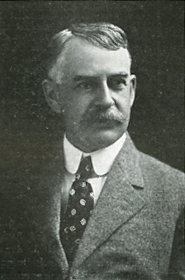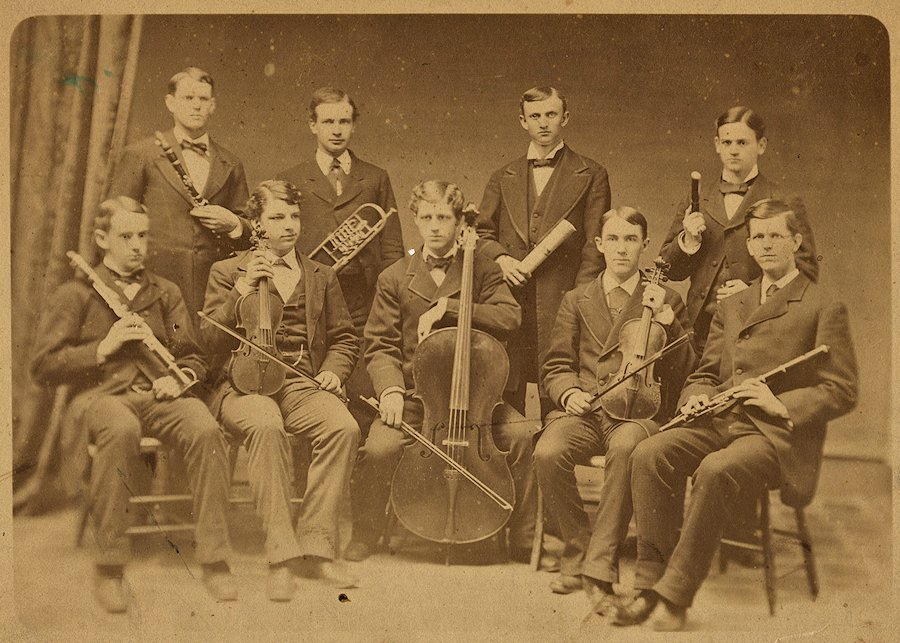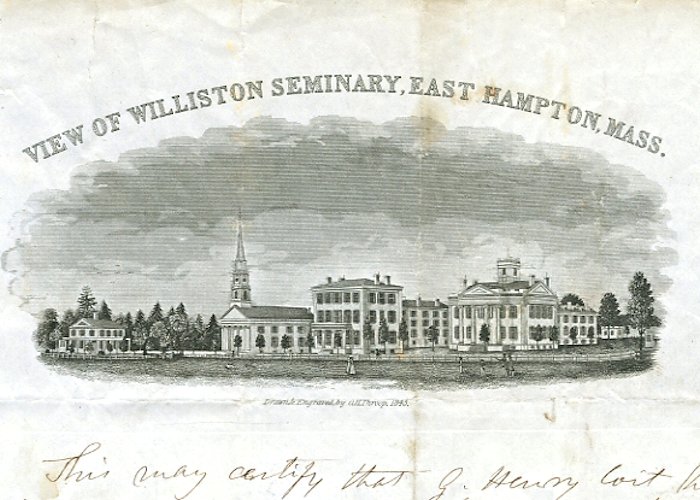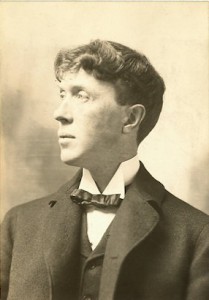
Edward Payson Guild (b. 1857) graduated Williston Seminary in 1877. He went on to a long career as an editor for Houghton Mifflin and contributed many articles, often on music, to a variety of magazines. Guild wrote the following memoir for the 1914 senior class yearbook, The Log.
The Williston Musical Association had its birth in the Fall of 1876. It was a natural crystalizing of musical interest which had been growing in the Seminary for some time. In the previous winter there were several students more or less proficient in playing various instruments but their efforts at harmony had been confined to two or three fellows getting together occasionally and delighting themselves, if not their neighbors, with various instruments, playing college songs, hymns, or anything at hand. The effect sometimes must have been lugubrious, as for instance one Sunday afternoon when I remember some combination of instruments wailing forth over the campus the strains of “Fading, still fading, the last beam is fading.” No doubt more than one listener was anxious that the fading should be more expeditious.
One day came, however, when the boys said they would have a real orchestra, and in one of the early weeks of ’76 the first rehearsal took place. The players were as follows: C. H. Lewis, E. H. Sleight, violins; H. S. Ballou, W. H. Harper, flutes; E. P. Guild, L. C. Parkhurst, clarinets; C. H. Norton, cornet; J. F. Woodhull, ‘cello; E. L. Ernhaut, pianist.




